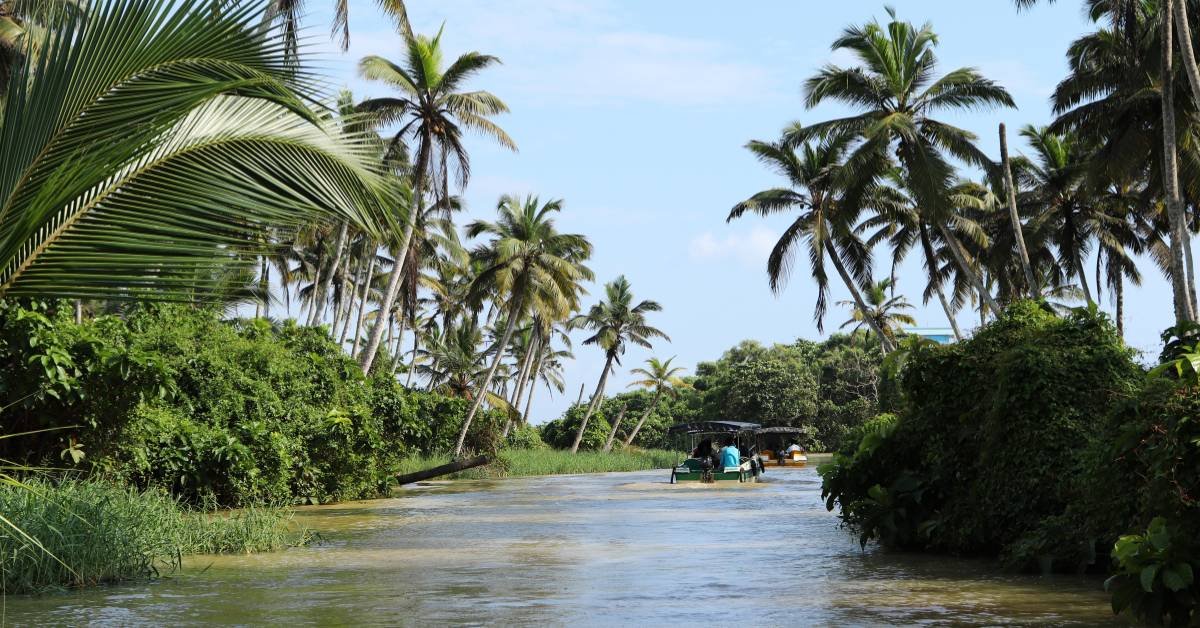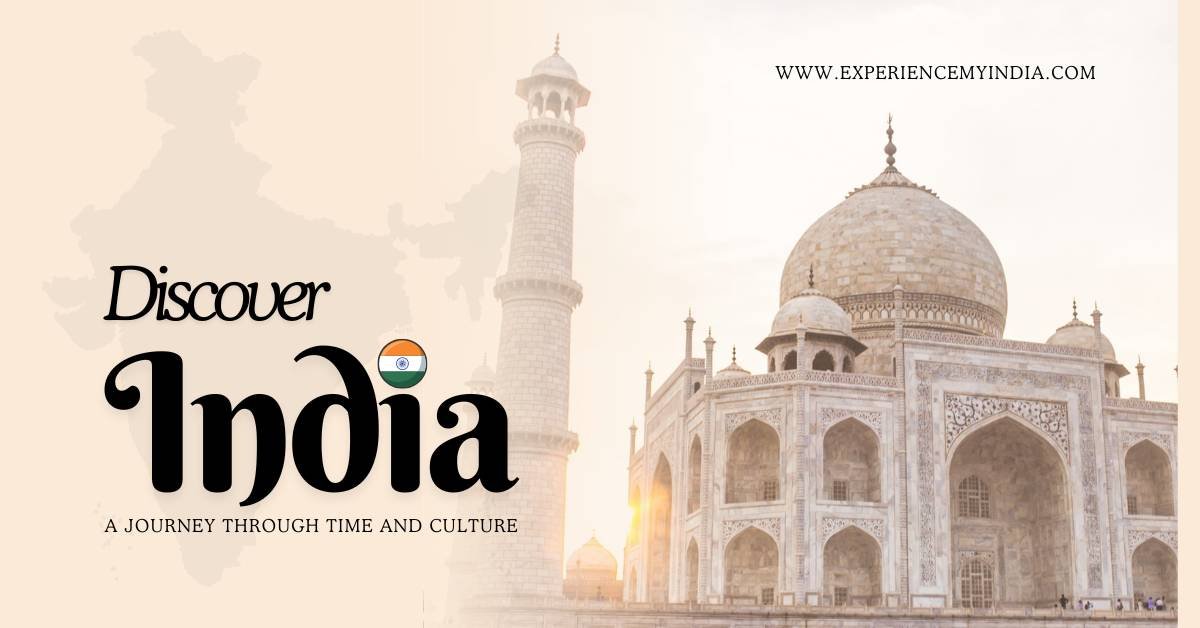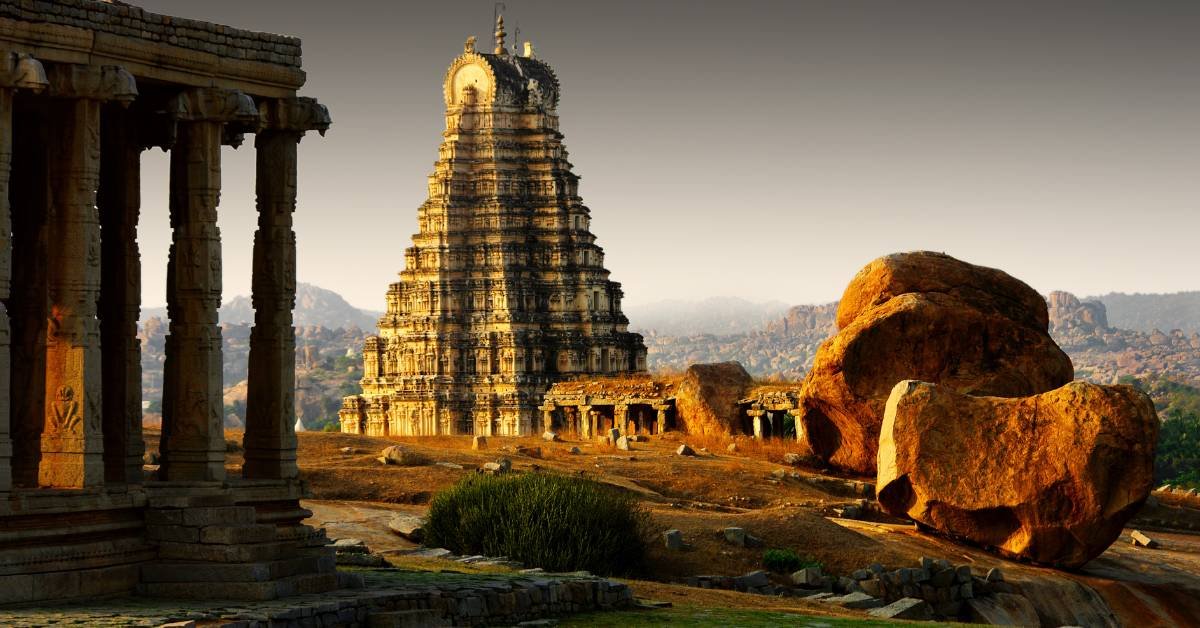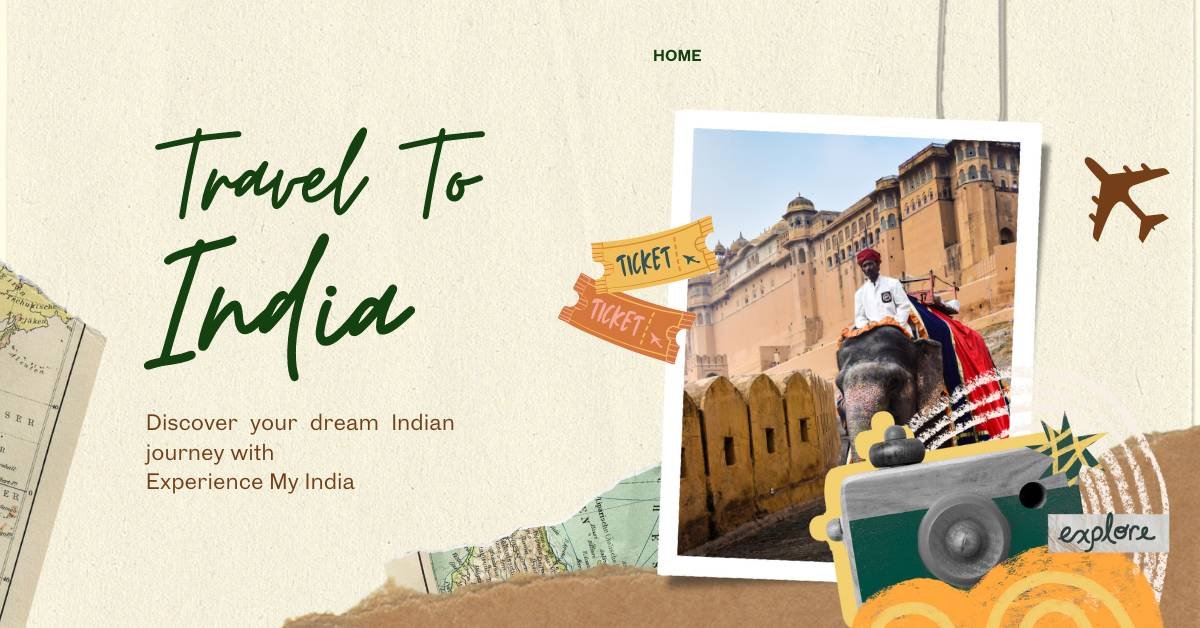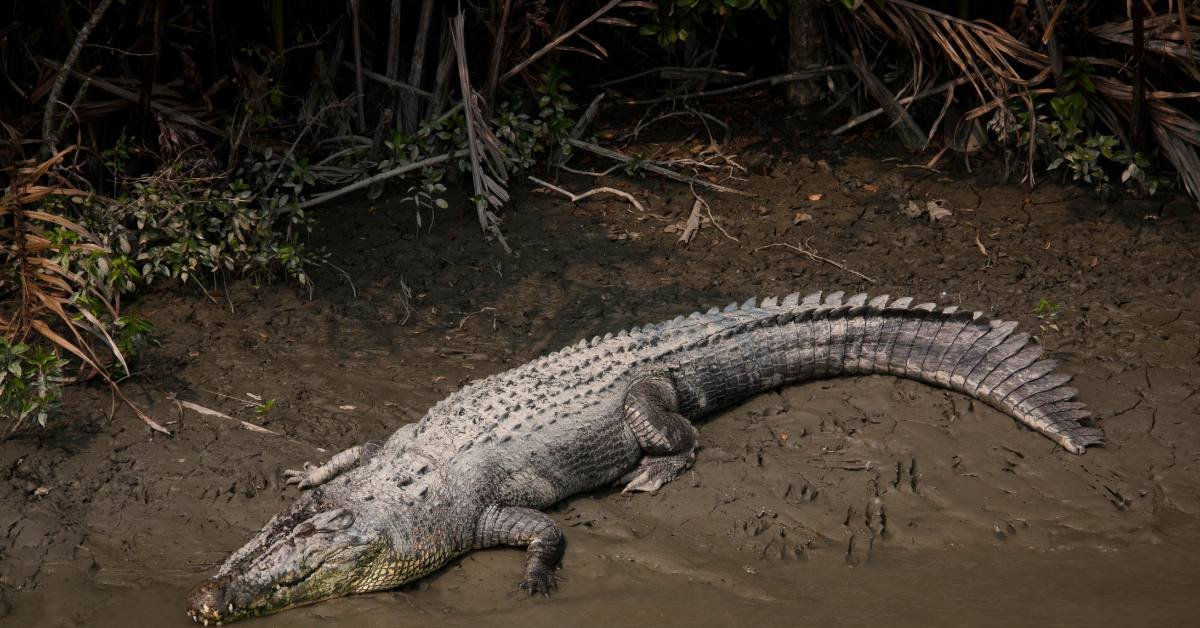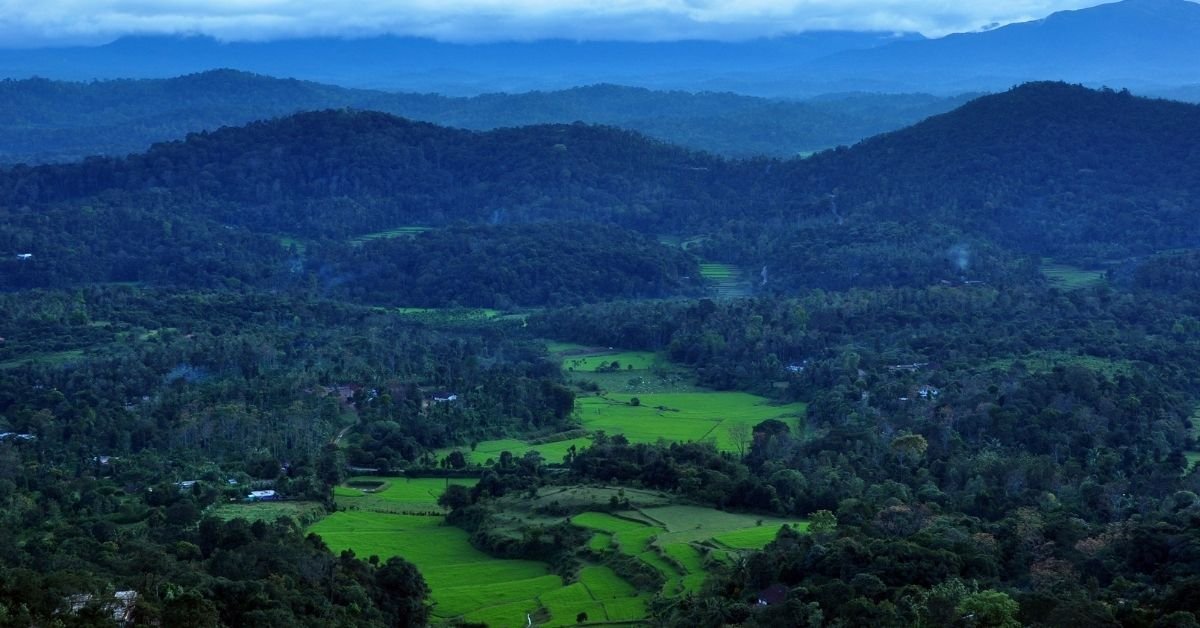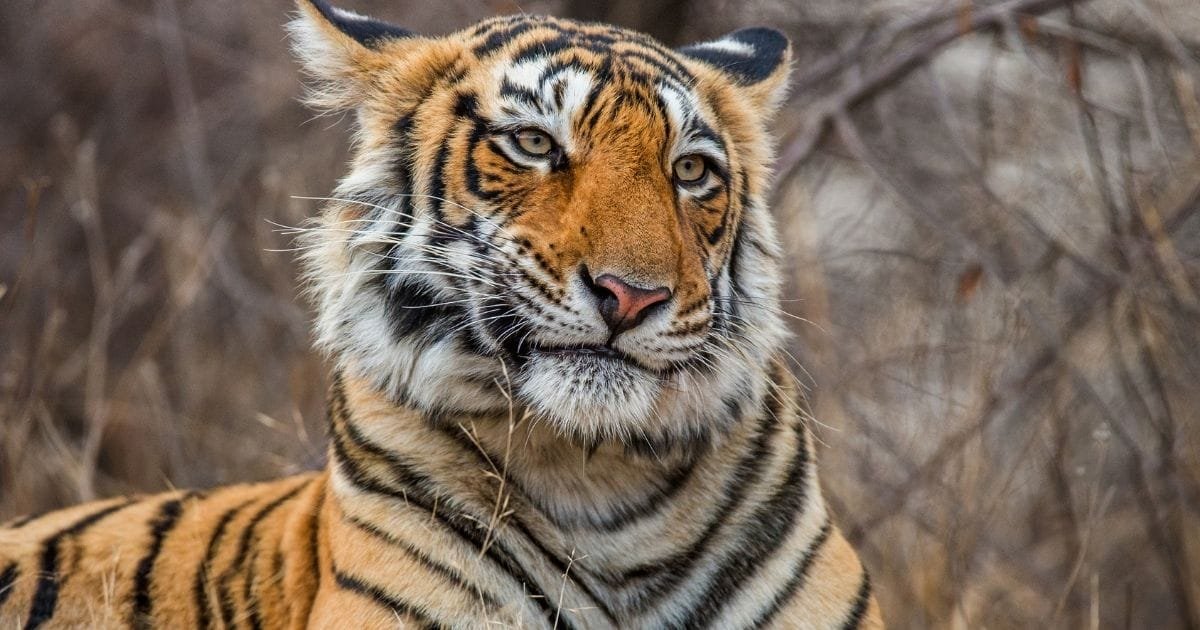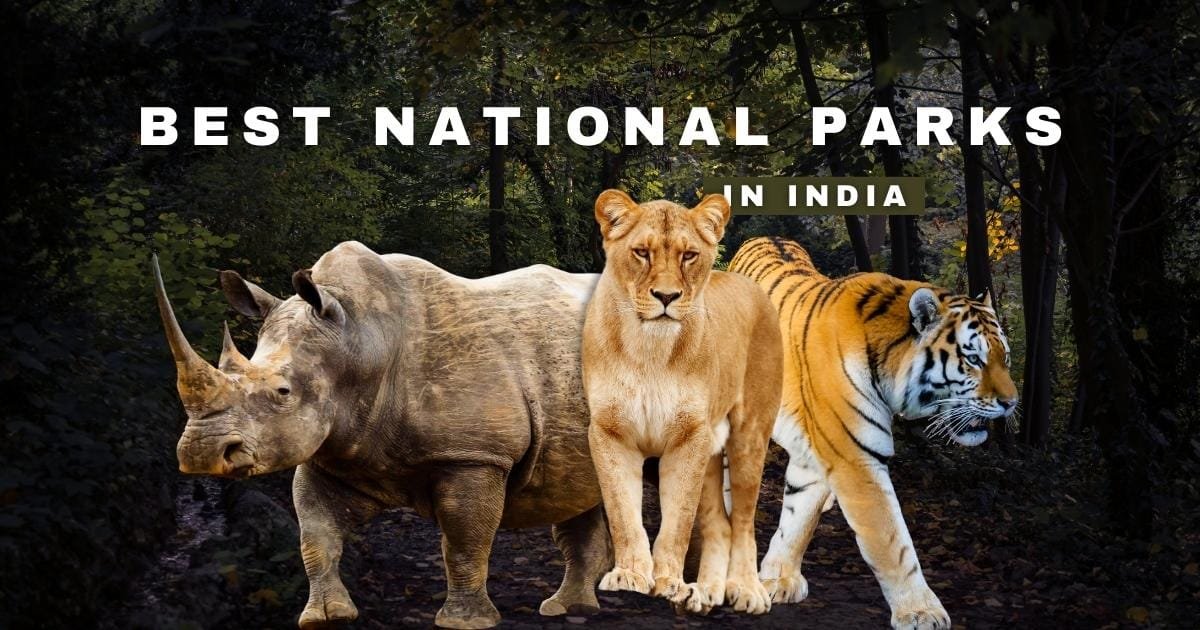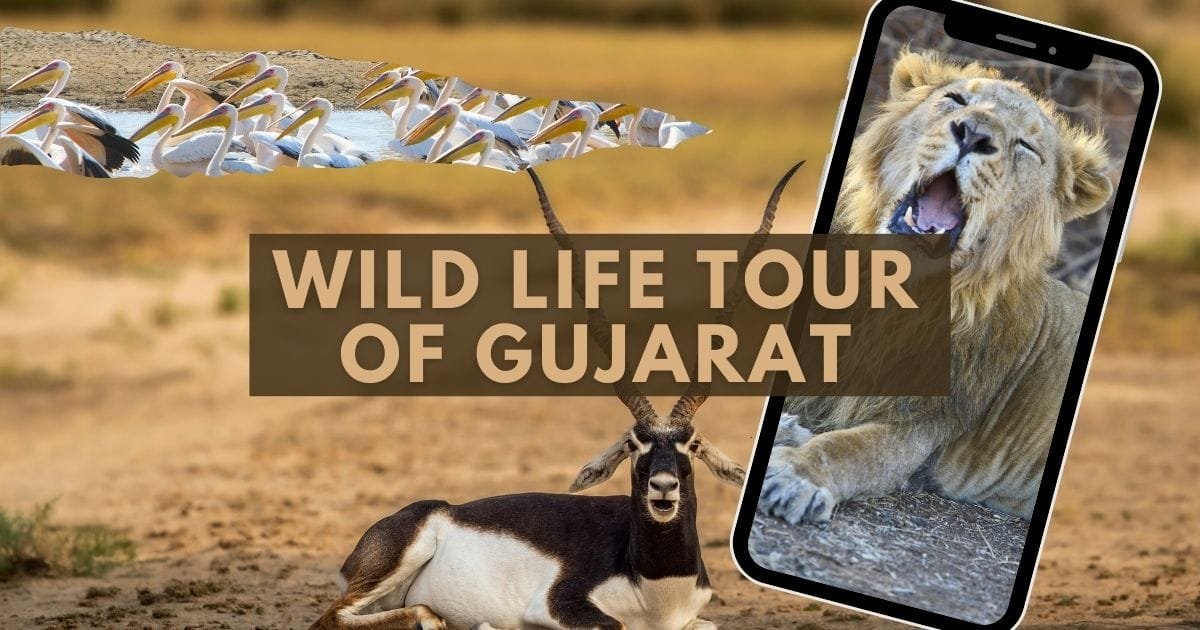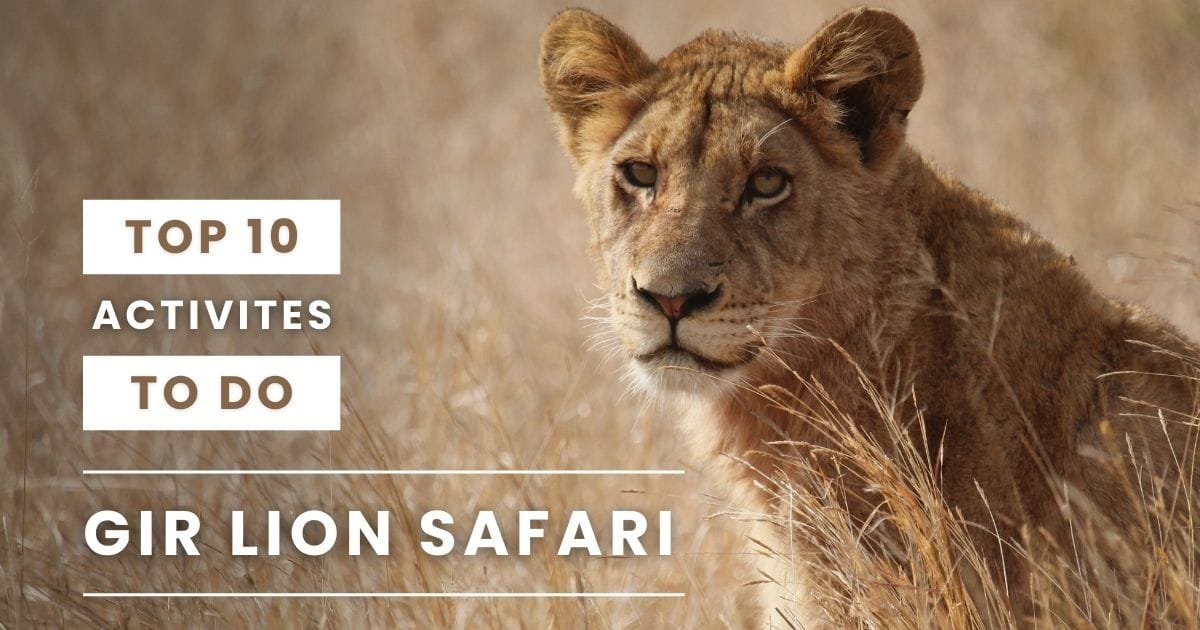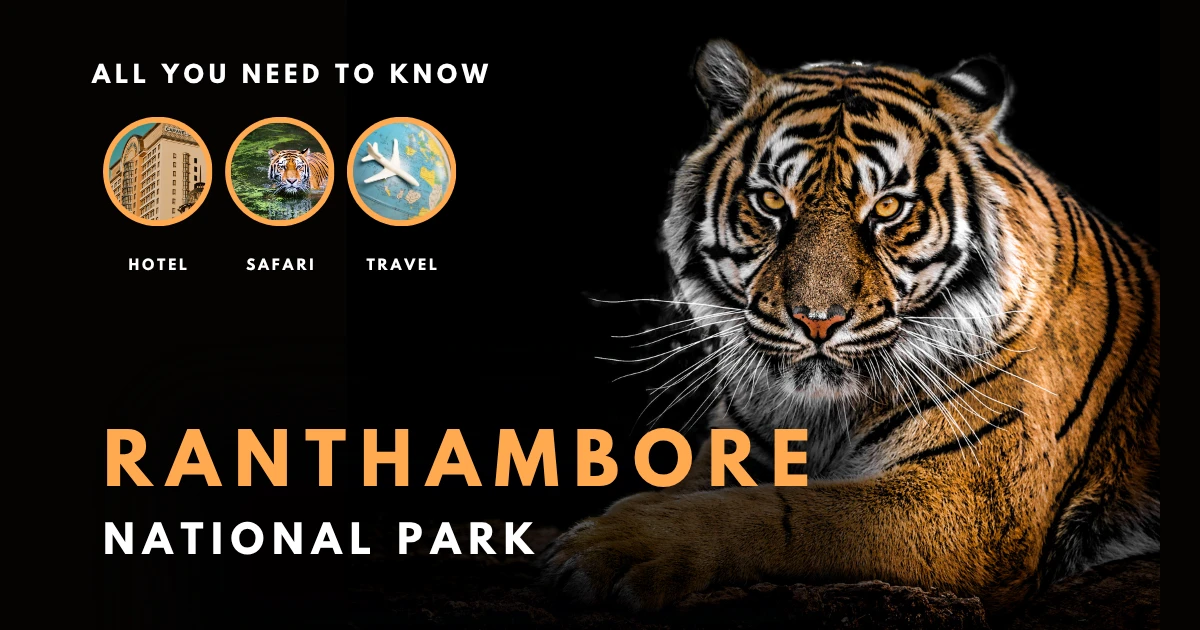The forest does not open its doors the way a city does. There are no fixed hours, no promises. You wait, and if you are patient enough, it shows you something. A wildlife safari in India is like that. It teaches you to sit quietly in a jeep at dawn, to listen when a langur calls, to follow the sound of rustling grass, and to find wonder even if the tiger never comes.
India has many faces — deserts, rivers, mountains, and plains. Each one holds a forest, and each forest holds a story. Some speak through the roar of a lion, some through the flight of a bird, and some through silence alone. If you ask me about the best national parks for safari in India, I cannot give you one answer. Every park is different, every journey its own memory.
Why Choose a Wildlife Safari in India
A wildlife safari in India is not travel in the usual sense. It is not like visiting a monument where you know exactly what you will see. Here, nothing is certain. The tiger may cross the track, or it may not. The elephant may appear suddenly at the edge of a lake, or you may only find its footprints. And yet, even when nothing moves, the forest itself feels alive — the smell of damp earth, the sound of birds, the way light falls between trees.
That is why people return again and again. Because the wild is never the same twice. One morning you hear peacocks calling, another morning you follow deer alarm calls into the mist. This unpredictability is its charm.
Best National Parks for Safari in India
The best national parks for safari in India are scattered across the country, each carrying its own character.
In Rajasthan, Ranthambore is where you see tigers walking past the ruins of a fort, lakes reflecting both marble temples and striped shadows. Uttarakhand, Jim Corbett is a mix of rivers, grasslands, and thick forests — India’s very first national park. In Madhya Pradesh, Kanha stretches wide, its meadows reminding many of The Jungle Book, while Bandhavgarh hides tigers in its dense sal trees.
Further east, Kaziranga in Assam has one-horned rhinos grazing in the grasslands, with migratory birds filling the skies. In Gujarat, Gir holds the last Asiatic lions. And in West Bengal, the Sundarbans spread like a mystery — mangroves, tides, and tigers that swim across rivers.
Each park is not just about animals, but about atmosphere. To sit in Kanha feels different from Kaziranga; to walk in the Sundarbans feels unlike Gir. Together, they form a map of India’s wilderness.
Top Wildlife Sanctuaries in India
Not all forests are famous. Some stay quieter, known only to those who have walked their paths. Yet these too belong among the top wildlife sanctuaries in India.
Bharatpur is one such place. In winter, its skies are filled with birds that have flown across continents. Storks, cranes, pelicans — their calls turn the wetlands into music. Pench, spread across Madhya Pradesh and Maharashtra, feels like a story told to children, its forests soft, its streams winding gently.
In Dudhwa, the grass grows tall, hiding barasinghas and swamp deer. Wayanad in Kerala breathes with elephants, while the forests stay green and mist curls across the hills.
These sanctuaries are not about the rush to see a tiger. They are about sitting quietly, noticing smaller things — a kingfisher flashing across a pond, the slow walk of a herd of deer, or the sound of cicadas rising in the evening.
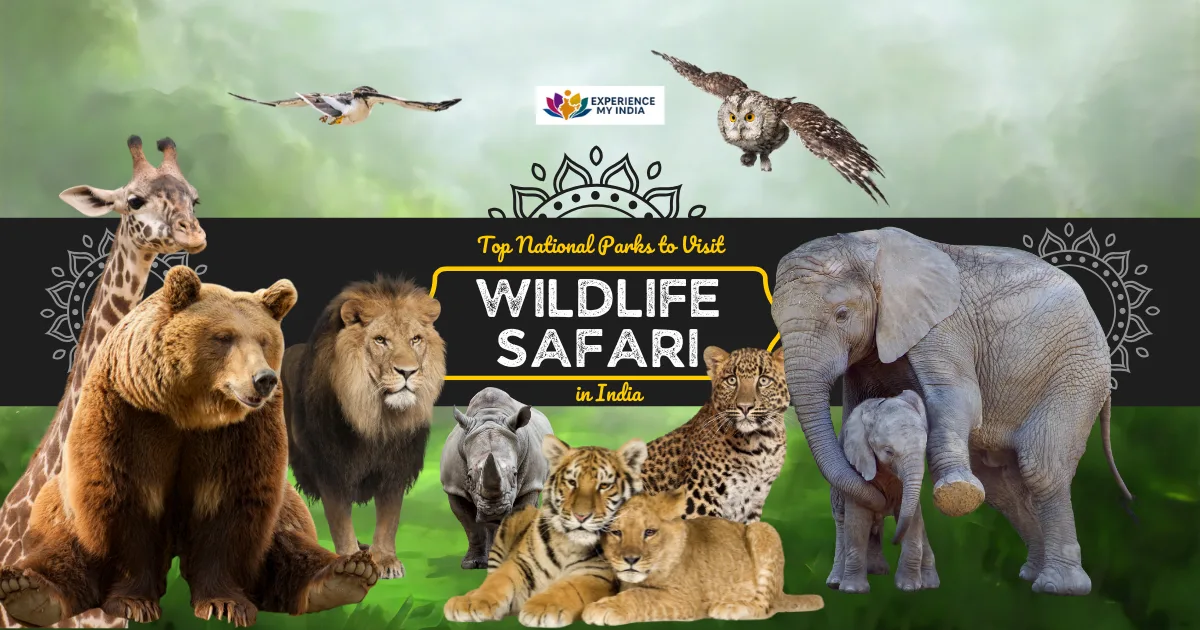
Tiger Safari Tours in India
For many, the word “safari” means one image — the tiger. A wildlife safari in India is the best chance to see this animal, not in captivity, but in its own world.
In Bandhavgarh, the chances are high. Tigers here are often seen, crossing tracks, resting in the shade, or walking along streams. In Ranthambore, they appear beside ruined palaces and ancient temples, where history and wilderness meet. Kanha has wide meadows where tigers move at dusk, and Pench feels alive with stories, Kipling’s jungle brought into reality.
But perhaps the most mysterious tiger safari is in the Sundarbans, where the tiger swims, vanishes into mangroves, and reminds you that the forest always holds secrets.
Seeing a tiger is unforgettable. Yet, even when you don’t, the search itself is an experience. The guides whispering, the sudden silence of the forest, the moment you feel your breath pause — this is what a tiger safari gives you.
Best Time for a Wildlife Safari in India
The best time for a wildlife safari in India depends on what you want to feel.
From October to March, the weather is pleasant, the air cool, and the forests alive with migratory birds. The grass is fresh after the rains, and the mornings are misty and beautiful.
From April to June, the heat grows harsh, but it is the season of sightings. Tigers and leopards come often to waterholes, elephants gather near rivers, and patience is rewarded.
During the monsoon (July to September), most northern parks close, giving the forest time to heal. Yet in the south, in places like Periyar, safaris continue, offering a different kind of mood — forests washed by rain, leaves shining bright, and elephants wandering near the lake.
Each season carries its own face. There is no single “best time,” only different colours of the same canvas.
Tips for Planning a Wildlife Safari in India
- Book your permits early. In famous parks like Ranthambore or Bandhavgarh, they sell out quickly.
- Choose your zone carefully. Some zones have better chances of sightings.
- Wear simple colours — greens, browns, beiges. Let the forest forget you are there.
- Carry binoculars. Sometimes the best sight is not a tiger, but an eagle circling high above.
- Stay near the gates. Early mornings matter, and distance makes you late.
- Above all, keep quiet. The forest has its own sounds. Don’t add to them.
These are not rules, only gentle reminders. A wildlife safari in India is not about chasing, but about respecting.
Experience with Local Communities
No safari is complete without noticing the people who live beside the forest. Villages surround many parks, and their lives are tied to the rhythms of the wild. In some places, you see cattle grazing at the edges; in others, small shrines hidden beneath trees.
Many locals now guide safaris, their knowledge of animal calls sharper than any book. They tell stories of encounters — elephants at night, leopards near fields, tigers crossing paths. Listening to them is part of the journey, because here the human and the wild have always lived together.
Why Choose Experience My India for Wildlife Safaris
At Experience My India, a wildlife safari in India is never just a booking. We see it as a story waiting to be told. We arrange permits, guides, and stays, but more importantly, we keep the pace gentle. No rushing, no fixed boxes to tick. Only the forest, in its own rhythm.
Whether you wish to walk through Bharatpur’s wetlands, take tiger safari tours in India, or lose yourself in the top wildlife sanctuaries in India, we create journeys that feel personal. Because the forest is not only about what you see. It is also about how you see it.
Final Thought
A wildlife safari in India is not measured by how many animals you tick off a list. It is measured by the silence you carry back with you. The call of a bird at dawn. The rustle in the grass that made your heart pause. The moment when the forest reminded you that it is larger than you, and always will be.
Contact Experience My India Today:
📞Call Us: +91 7037550028
📲WhatsApp Us: +91 7037550028
🌐Visit Our Website: Experience My India
That is the true gift of a safari.
FAQs – Wildlife Safari in India
Q1. Which is the best park for safari in India?
Ranthambore, Kanha, Bandhavgarh, Kaziranga, and Gir are among the most famous.
Q2. What is the best time to plan a wildlife safari?
October–March for pleasant weather, April–June for tiger sightings.
Q3. How do I book safari permits?
Permits can be booked online or arranged through travel operators.
Q4. Are tiger sightings guaranteed?
No. Tigers are wild, and that is their beauty. Patience is key.
Q5. Which sanctuary is best for bird lovers?
Bharatpur (Keoladeo Ghana) is world-famous for migratory birds.
Q6. Can children join safaris?
Yes, but they must remain quiet and follow safety instructions.
Q7. How long does each safari last?
Morning and evening safaris usually last 3–4 hours.
Q8. Do all parks close in monsoon?
Most northern parks do, but southern ones like Periyar remain open.
Q9. What should I wear on safari?
Earthy colours, comfortable shoes, and carry a hat in summer.
Q10. Why travel with Experience My India?
Because we create safaris that feel less like schedules and more like stories.



